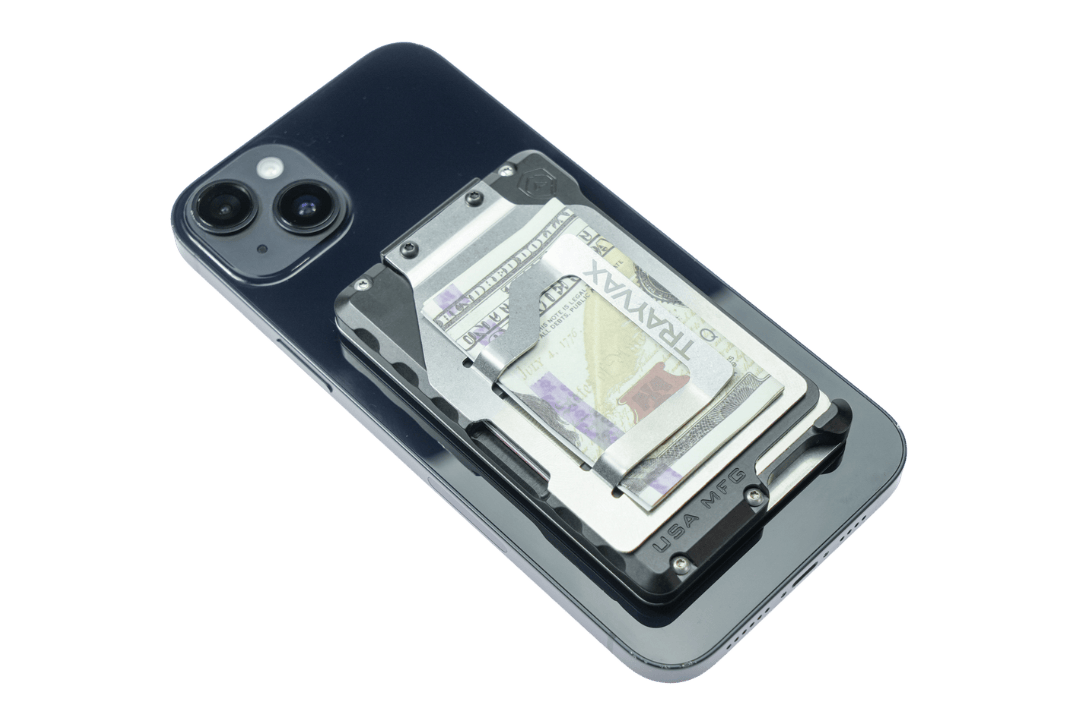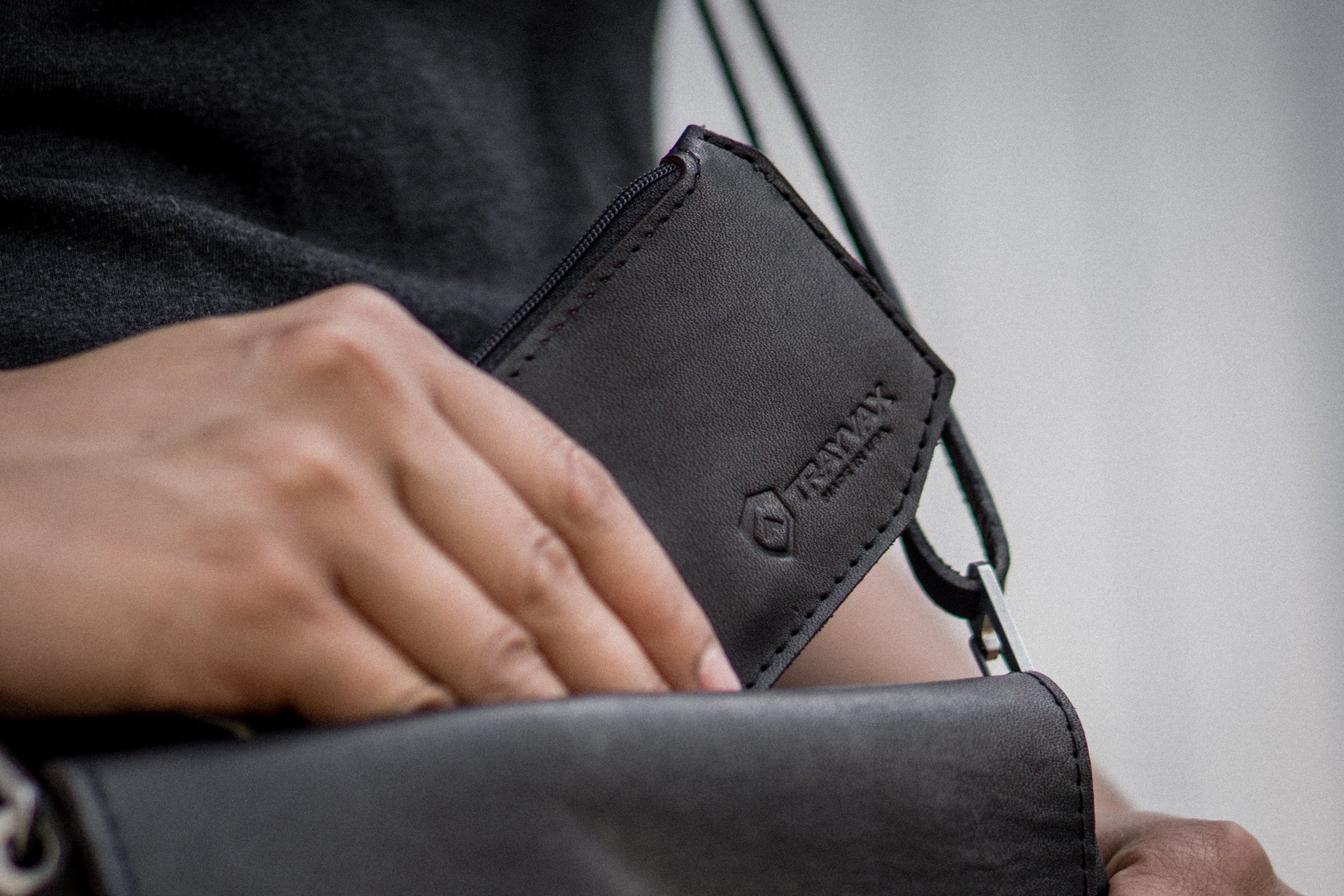In a nutshell, it can be simply understood that RFID-enabled cards can have their data stolen from a distance. Unlike NFC cards, physical contact is not necessary. Due to the possibility of this remote theft, it is necessary to keep all RFID-enabled cards in an RFID-blocking sleeve. Although such theft is not very common, it is good to take precautions.
What is RFID?
RFID stands for "Radio-Frequency Identification." RFID cards allow users to complete transactions by simply tapping or showing their cards to the scanner. The card can be processed without having to physically touch the reader, as is the case with magnetic strips.
RFID cards minimize the time taken for making payments and it also makes the whole thing more secure since you don’t have to hand the card over to anyone nor do you have to insert it into a machine. The chances of you forgetting your card on the counter are also diminished since all you have to do is take it out, wave it, and put it back.
What makes RFID cards more susceptible to theft?
While RFID cards have their utility and benefits, they do come with a major hitch. As we mentioned above, long-distance theft is not that common, but nobody likes to take a risk. It’s like leaving your car in a packed parking lot. There is little chance that somebody random could come along and specifically try the doors of your vehicle but at the same time, no one would be willing to leave their car unlocked. Same is the affair with RFID cards.
Although people may acknowledge the fact that their data won’t be very likely stolen, they would still opt to have their cards in a protective sleeve as a precautionary measure. An RFID card comes with the responsibility and constant obligation of keeping it in a protective case or RFID-blocking wallet.
What makes RFID cards more susceptible to theft is their radio-based communication. From the fact that transactions can be carried out without physical contact with the scanner, we can understand that these types of cards don’t have to actually touch the readers/scanners to process data. Hackers can, therefore, make use of this remote workability and steal data without having to come in contact with the card.

How can you secure your RFID cards?
There are two ways using which you can protect your RFID cards. One is to use an RFID-blocking sleeve and the other is to use an RFID wallet.
Using an RFID-blocking sleeve can be suitable for those people who carry a total of one or two cards. Since using a sleeve increases the size of the card, you can’t put the ‘sleeved’ card in the dedicated slots on your front pocket wallet. Hence, such cards have to be carried around in either your pockets or in a larger bag. Alternatively, using sleeves would also be suitable when you want to put your cards away somewhere viz. in a drawer or safe. While the primary purpose of such sleeves is to protect your card from having its information stolen, they can also save your card from physical damage and deterioration. If your card is just lying somewhere without a sleeve or case, it can pick up scratches and become deformed.

The other option is to use an RFID blocking wallet. These wallets are made with an RFID-blocking lining, and they basically perform the same task as RFID-blocking sleeves. The benefit in using RFID wallets is that you can carry around multiple cards as well as some cash. For example, the Trayvax Contour has a capacity of storing 1-13 cards and it is RFID-blocking as well. Similar is the case with the Original 2.0 tactical wallet.
How Can We Find a Better RFID Blocking Sleeve?
The main factor that you want to consider when buying an RFID-blocking sleeve is that it should be a good electric conductor. The thickness of the sleeve also plays a pivotal role in protecting your card. If the material/layer is too thin, the signal will be able to penetrate it.
If you are looking to buy a sleeve, you should opt for a well-known store or shop. If you are shopping online, be sure to check out the reviews that other users have given to the product.
Conclusion
If you want to protect your RFID cards from data theft, be sure to keep it in a protective case or sleeve. You could use an RFID wallet as well. By blocking the signals to your card, you can prevent hackers from stealing your data.
If you are looking to buy an RFID blocking wallet, check out the products offered at Trayvax.com.



























































Leave a comment
All comments are moderated before being published.
This site is protected by hCaptcha and the hCaptcha Privacy Policy and Terms of Service apply.